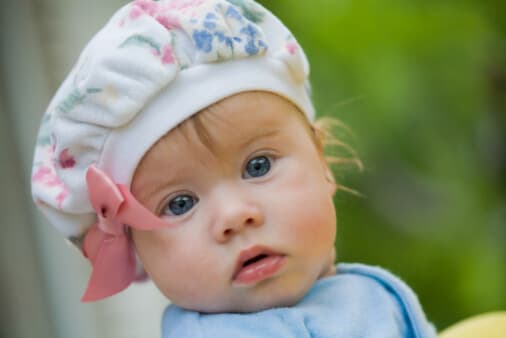Photoscreening to Test the Vision of Babies, Toddlers, and Children with Developmental Delays

Dr. Greene’s take on photoscreening…
Cover one eye, and read these letters… Testing the vision of babies, toddlers, and children with developmental delays can be difficult and inaccurate. It’s also important! Strabismus (eyes that don’t line up properly) and amblyopia (a normal eye that doesn’t see well — lazy eye) are common in children, but most young children go untested and unidentified.
A March 2002 policy statement by the American Academy of Pediatrics (AAP) recommends that all babies should have vision screening (including screening for strabismus and amblyopia) at the earliest possible age, and at regular intervals throughout childhood.
Rather than relying on informal or subjective assessments of vision, the policy discusses photoscreening, a new test that can make checking vision easier and more accurate for even very young babies. A specially equipped camera takes their picture and a computer or a person analyzes the eye data obtained.
Ask your pediatrician about having your baby screened.


